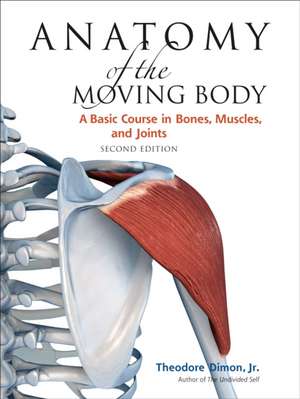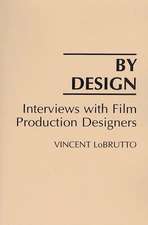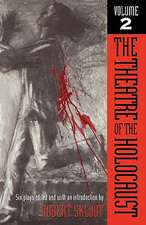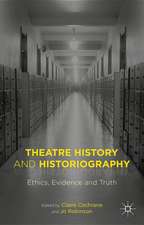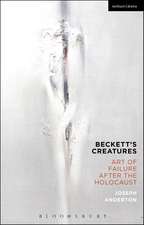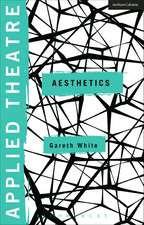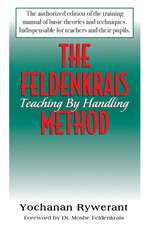Anatomy of the Moving Body: A Basic Course in Bones, Muscles, and Joints
Autor Theodore, Jr. Dimon Ilustrat de John Qualteren Limba Engleză Paperback – 30 apr 2008
Preț: 117.22 lei
Preț vechi: 146.59 lei
-20% Nou
22.43€ • 23.33$ • 18.52£
Carte disponibilă
Livrare economică 24-31 martie
Livrare express 08-14 martie pentru 53.31 lei
Specificații
ISBN-10: 155643720X
Pagini: 259
Ilustrații: 95 black and white illustrations
Dimensiuni: 172 x 243 x 17 mm
Greutate: 0.54 kg
Ediția:2 Rev ed.
Editura: NORTH ATLANTIC BOOKS
Notă biografică
Ted Dimon is director of the Dimon Institute, a center for the study of movement and performance. He received his master’s and doctorate degrees from Harvard University and has taught and trained teachers in the Alexander Technique for 25 years. He lives in New York City.
Recenzii
Descriere
Learning anatomy requires more than pictures and labels; it requires a way "into" the subject, a means of making sense of what is being shown. Anatomy of the Moving Body addresses that need with a simple yet complete study of the body's complex system of bones, muscles, and joints and how they function. Beautifully illustrated with more than 100 3D images, the book contains 31 lectures that guide readers through this challenging interior landscape. Each part of the body is explained in brief, manageable sections, with components described singly or in small groups. The author doesn’t just name the muscles and bones but explains the terminology in lay language. Topics include the etymology of anatomical terms; origins and attachments of muscles and their related actions; discussion of major functional systems such as the pelvis, ankle, shoulder girdle, and hand; major landmarks and human topography; and structures relating to breathing and vocalization. This second edition features all-new illustrations that use a 3D digital model of the human anatomical form. The book's thoroughness, visual interest, and clear style make it ideal for students and teachers of the Alexander and Feldenkrais techniques as well as for practitioners of yoga, Pilates, martial arts, and dance.
